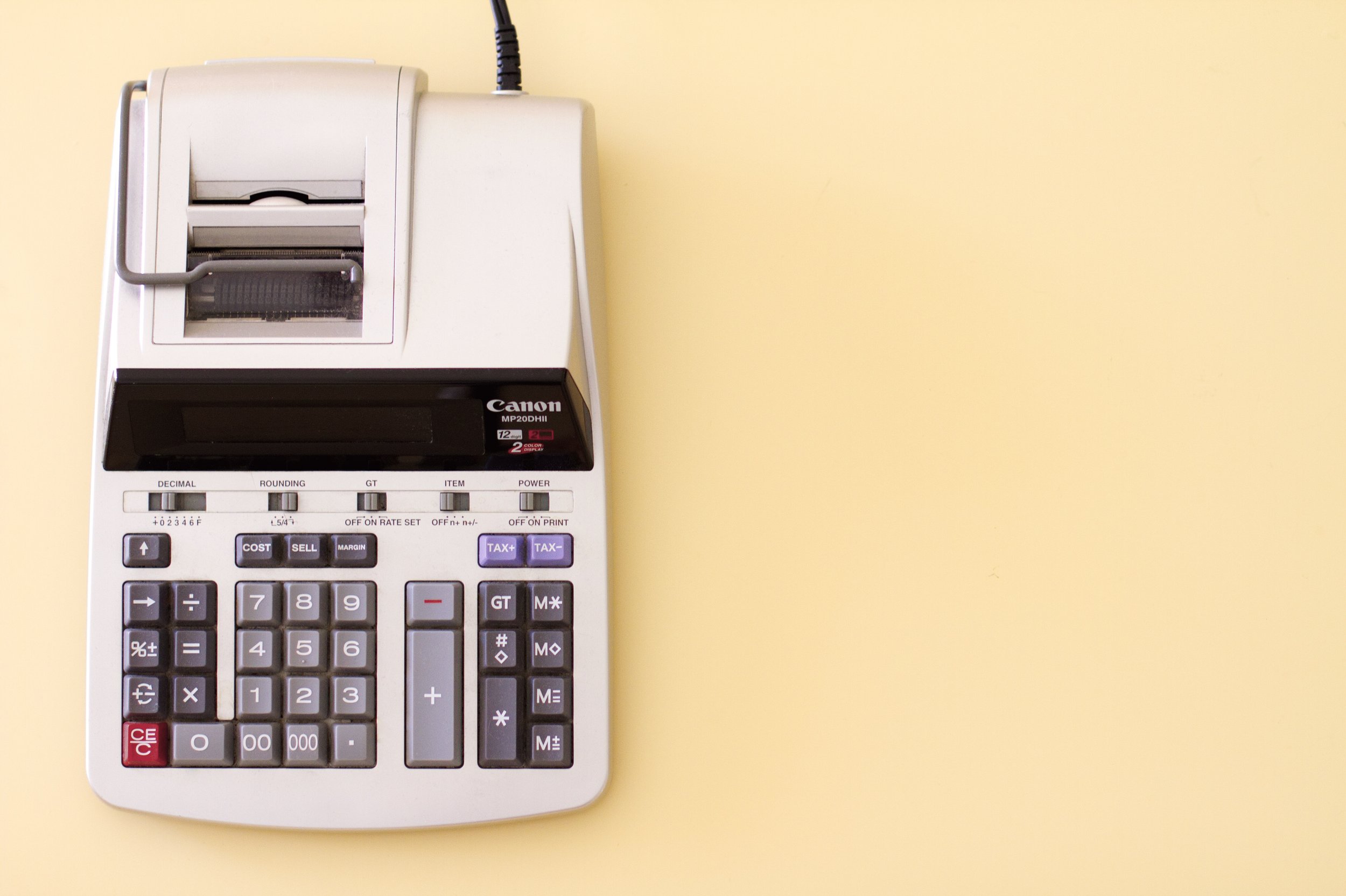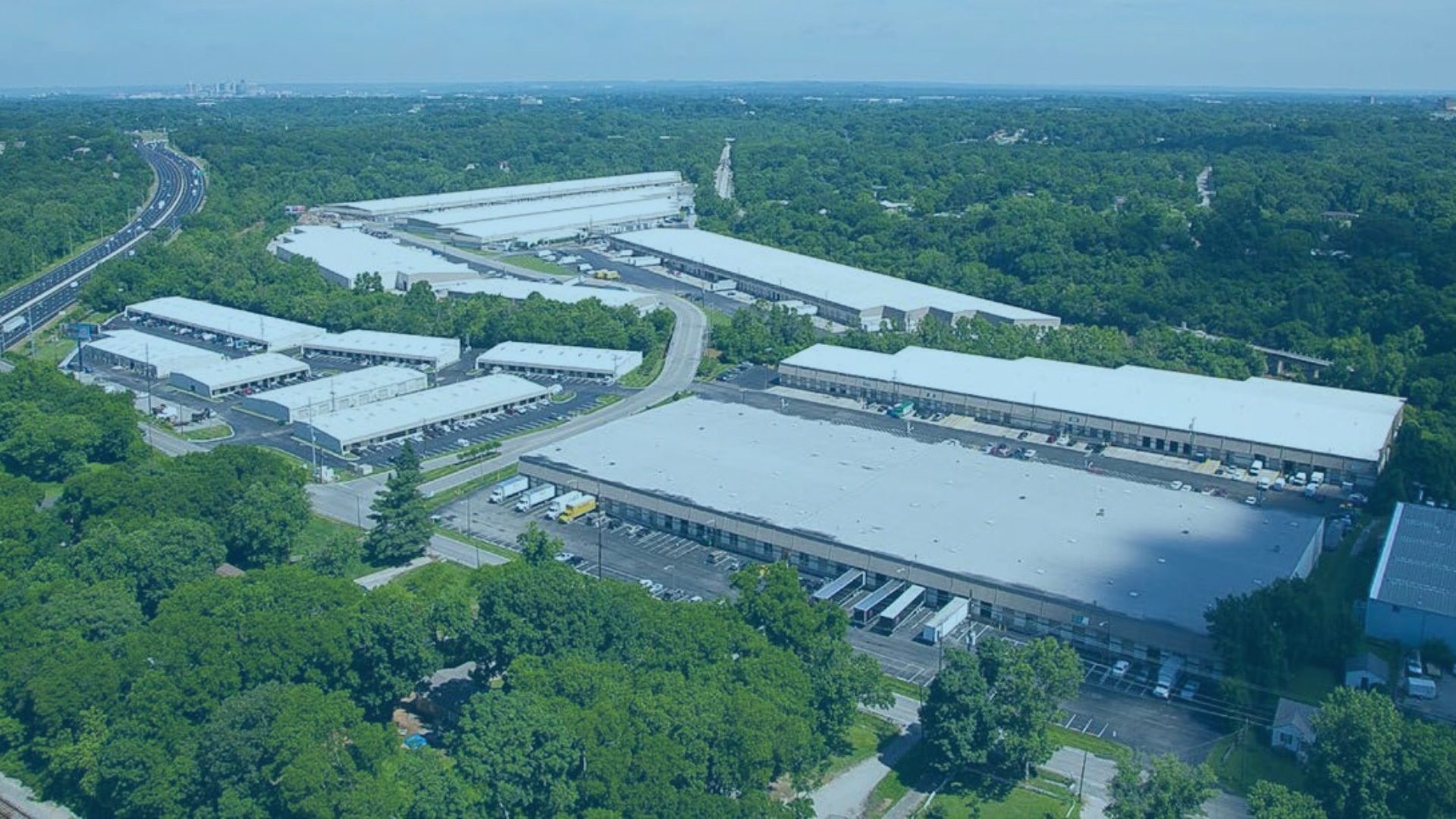Why Value-Add Investors Buy Based on Square Footage and Sell on Cap Rates
One of the most popularized tools to value and estimate the return on real estate is its capitalization rate - more commonly referred to as the cap rate.
The cap rate is a great tool, but some value-add investors do not consider the downsides of cap rates nor do they know when to pay attention to cap rates. There are certain conditions under which you want to pay more attention to the price per square foot rather than the cap rate.
Let’s dive into the shortcomings of cap rates as well as when you should focus on the cap rate versus focusing on the price per square foot.
What to Keep in Mind When Buying Based on Cap Rates
When looking at the cap rate of a property, you must understand that the cap rate is a reflection of the current condition of the property - that does not mean that those conditions will hold under your ownership.
Let’s go through a few variables to keep in mind when looking at cap rates.
The Strength of The Tenant
The net operating income of a property can easily fluctuate with a change of tenants. For example, a preferred developer for a national tenant or a credit tenant such as Walgreens builds them a space during a moment of growth in a city. The developer sells the project to an investor as an 8% cap rate, triple net. So what’s the problem here?
A credit tenant stays in a space for around 15–20 years, so the rate that they are paying will be continuous, unless specified in the lease, over the 15-20 years. An investor may look at this property and assume that the property is a great performing asset, but this may not be the case for the next investor. The tenant is the reason why the cap rate is 8%.
If an investor buys the space at the wrong time they could be in trouble. If Walgreens vacates the space after their lease, the owner will have to find another tenant. This tenant may pay a lower rent if the market rate is lower than it was 15-20 years ago; at this point, we can throw the 8% cap rate triple net out of the window.
Timing of the Acquisition
The net operating income of a property is calculated by subtracting the operating expenses from the revenues that a property generates. This calculation is done on a yearly basis, which means that the cap rate can fluctuate with time.
Many factors can cause a change in expenses and revenue of a property which is why timing is a big factor when looking at cap rates - don’t expect the cap rate of a property to be continuous over the course of your ownership!
Potential Vacancies
Another factor to take into consideration is whether the space is fully leased. An investor could be under the impression that an investment is safe since it has a low cap rate (usually the more you stand to gain, the more you stand to lose).
But if a space is not fully leased, then the NOI of the property would be significantly lower than it would be fully leased; this makes the cap rate lower than the cap rate of the property when it’s fully occupied.
Location of the Asset
A property’s location is one of the main driving forces behind its market value; thus, the location affects the denominator (market value) in our cap rate equation. If a property is located in an expensive neighborhood, you might see a lower cap rate.
Why?
Because the value of the property could increase at a rate that’s higher than the rate at which your NOI increases and the investment may be seen as more stable.
Why You Should Buy Based on Square Footage
Price per square foot is a ratio that is deserving of much attention when buying a commercial property due to the many variables that affect the cap rate.
First, Let’s Clarify “Price per Square Foot”
As you probably guessed, the price per square foot is the asking price per square foot of a commercial property – you’re more likely to see this term when calculating rent for commercial leases.
To calculate the price per square foot, take the asking price of a property and divide it by the total square footage of the property.
Why This Metric Matters to You
Price per square foot should be at the forefront of every investor’s underwriting, especially when a property is not fully stabilized. When a property is vacant or near vacant, an investor is not buying the property because of the income it produces; they are simply buying the building, hence the value and the price they pay for the building should be derived from the price per square foot.
Does this mean that we should throw cap rates out of the window? Absolutely not! The cap rate of a property is important when you’re buying a fully or a near-fully stabilized property - this is where you’re seeking the return that a parcel produces whereas when a property is not stabilized, you’re simply buying the building.
Even when a property is fully stabilized, the variables that affect cap rates are likely to change with time - you may be without a tenant for a while and if you need to sell or leverage the property, you’d take a loss or a lower margin than you’d achieve if the property was stabilized since you’d be doing so on a price per square foot basis.
So, Which Should You Pay Attention To?
A wise investor should never disregard either measure when shopping for commercial real estate. Ever heard of the saying there’s a time and a place for everything? Let’s put that into action.
If we buy a 40,000 square foot property for $4,000,000 or $100 per square foot. Leasing this property for $10 triple net would give us an NOI of $400,000, making this a 10% cap rate property.
Now that the property is fully stabilized, you can take the opportunity to sell or leverage the property based on its cap rate and not its price per square foot. If you sell the property at a 7% cap rate, your profit margin is the 3% difference of the cap rate the property is sold at and the cap rate at which it operated. You’re looking at 5,714,285.71 (7% cap value) minus 4,000,000 or a profit of over $1.7 million! You may also choose to leverage the property by valuing the property at a 7% cap rate.
Queue Ted Dibiase’s theme song…
Many investors love buying fully stabilized properties for their cap rates but the higher margin opportunities come from buying on a price per square foot basis and selling or leveraging a property based on its cap rate.
Ben Dotye's passion and eagerness to learn about commercial real estate lead him to join the team as our brokerage and acquisition intern. He has proven himself valuable by assisting our brokers, being involved in renovation projects, and much more! His goal as our intern is to learn as much as possible so that he can soon be a part of Music City's growth.
A current Business student at Rhodes College, Ben is expected to graduate in 2022. Upon graduation, he plans to dive into commercial real estate!














If you're serious about real estate investing, it's time to look beyond those quaint single-family homes.
Bold statement? Absolutely. But stick with me here.
Now, don't get me wrong. Investing in a single-family home beats twiddling your thumbs on the sidelines of the real estate game. And yes, I'll even go out on a limb and say that residential real estate still outshines many other investment vehicles out there.
But that's not why we're here today, is it?
I'm about to lay out five reasons why commercial real estate should be your go-to play.